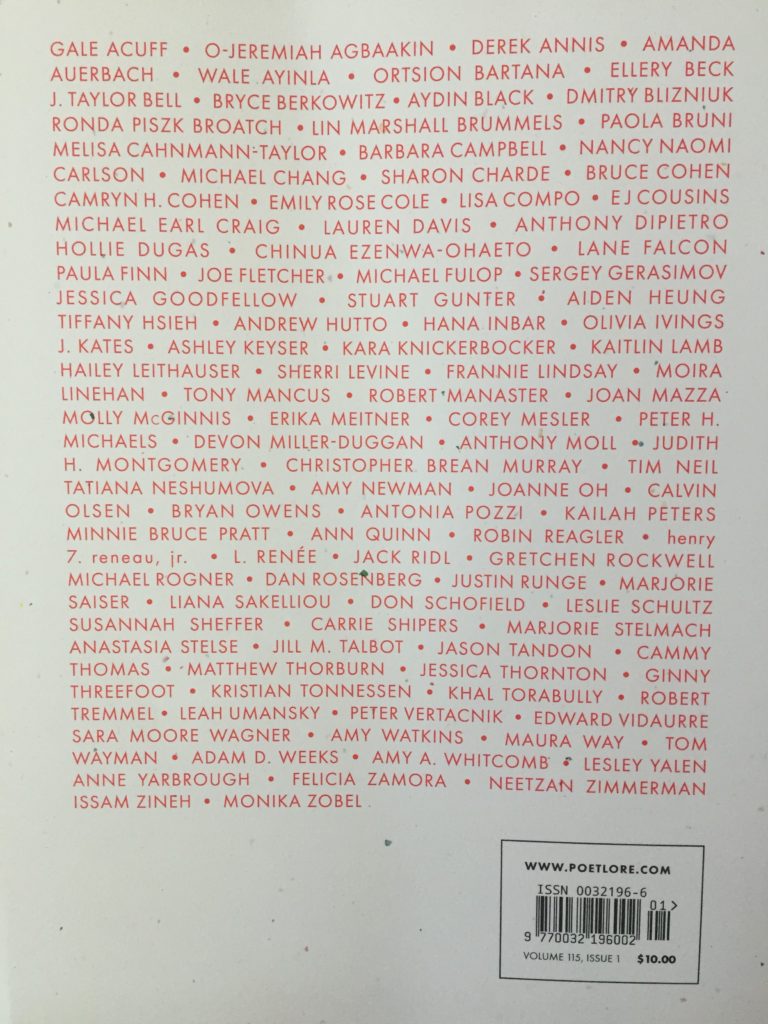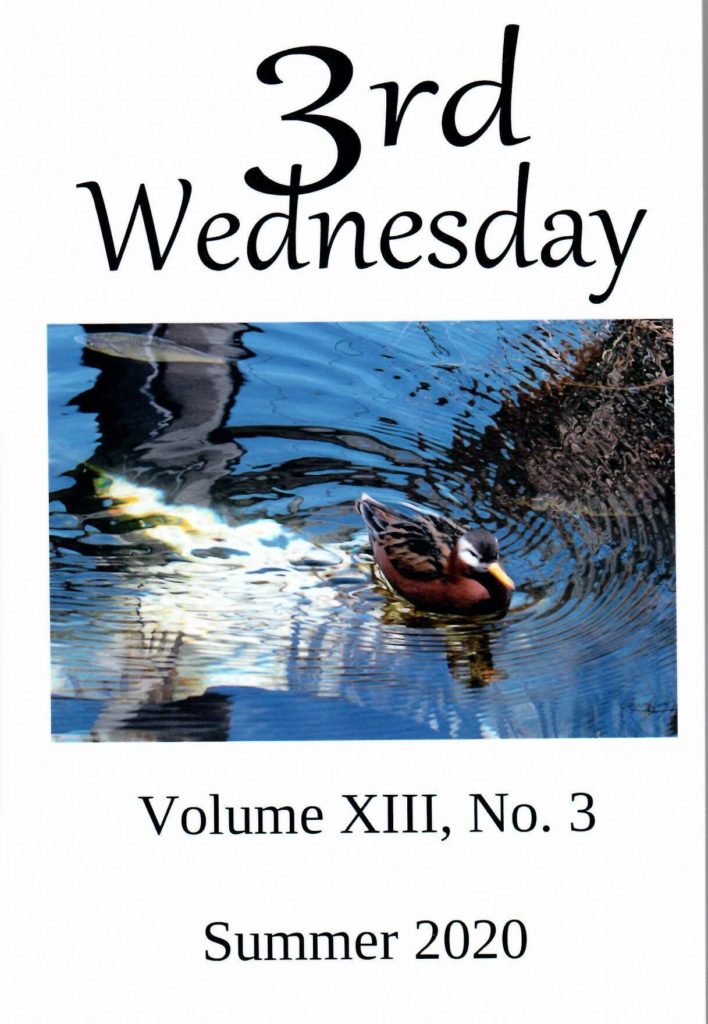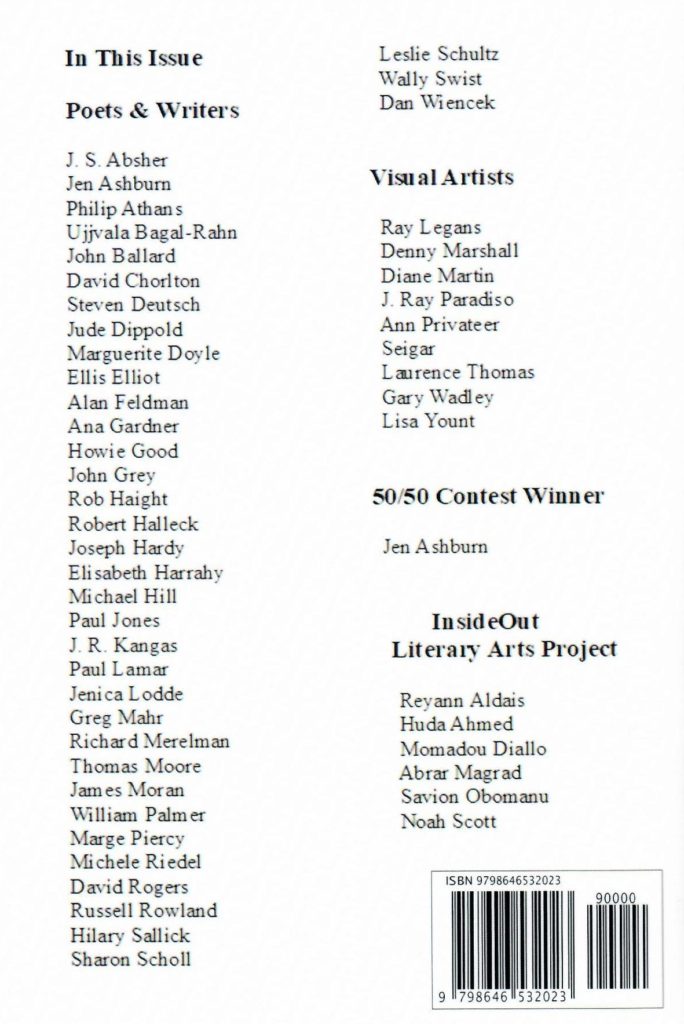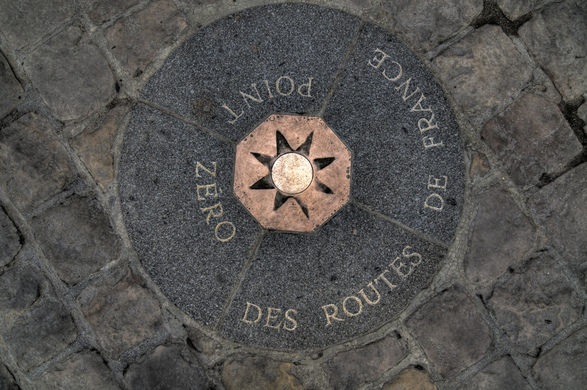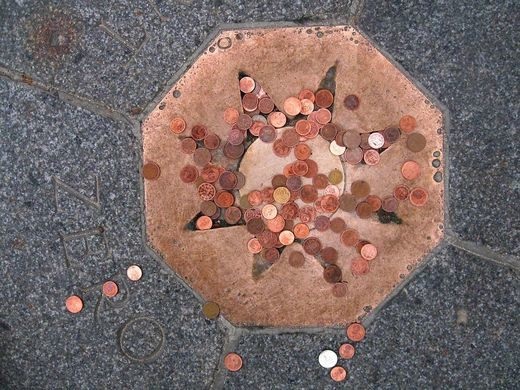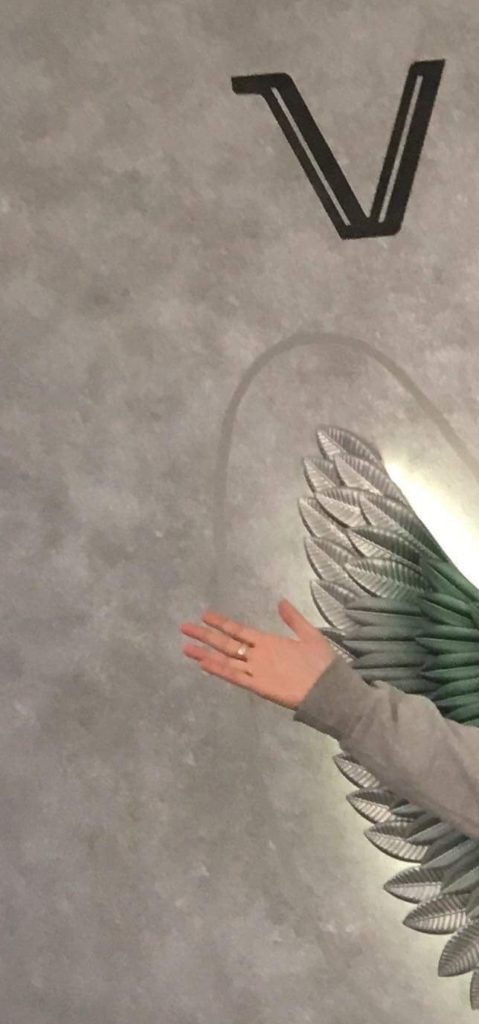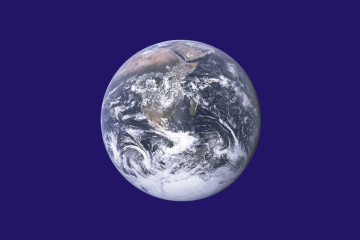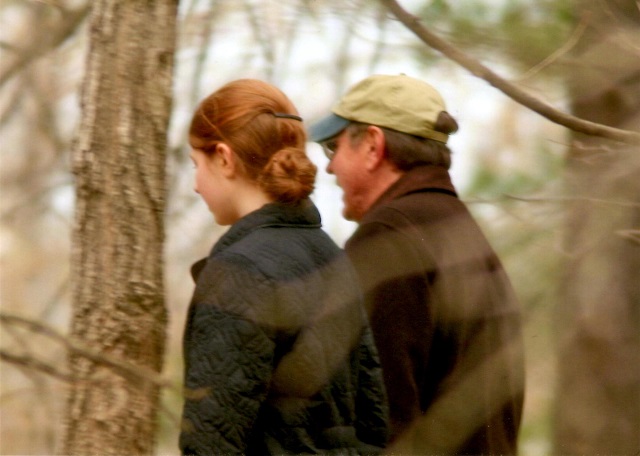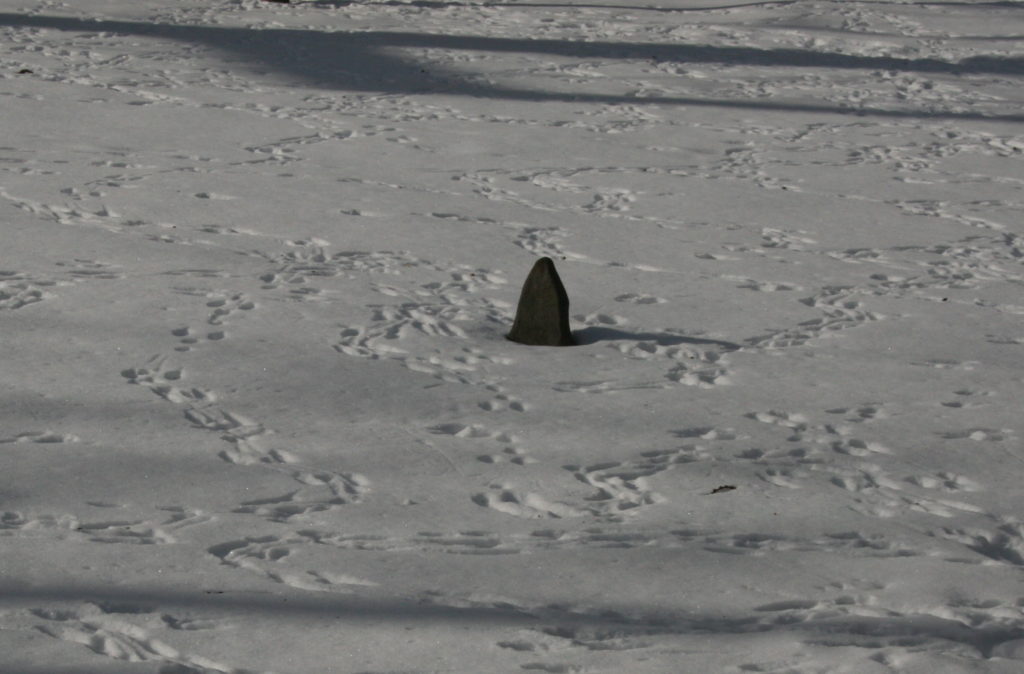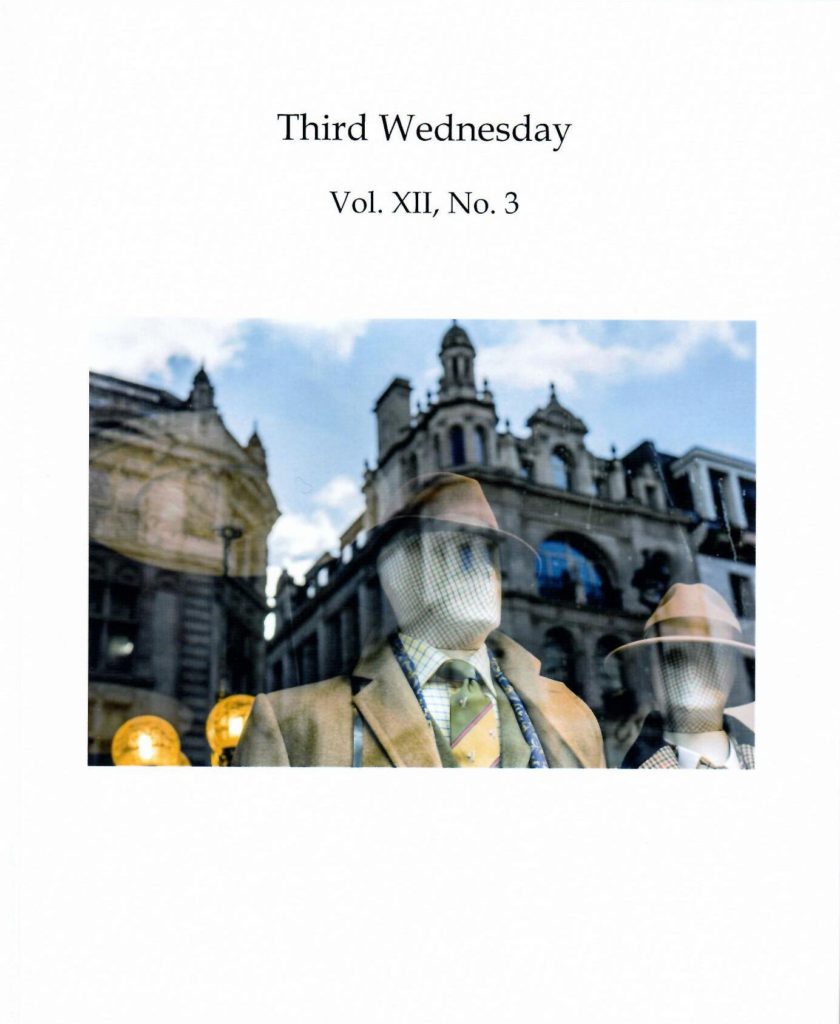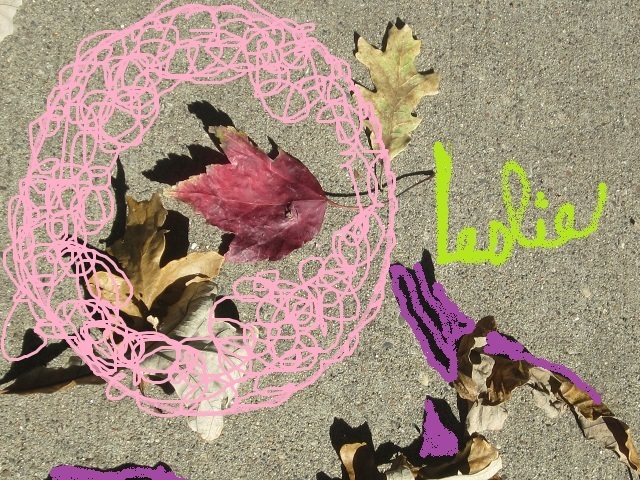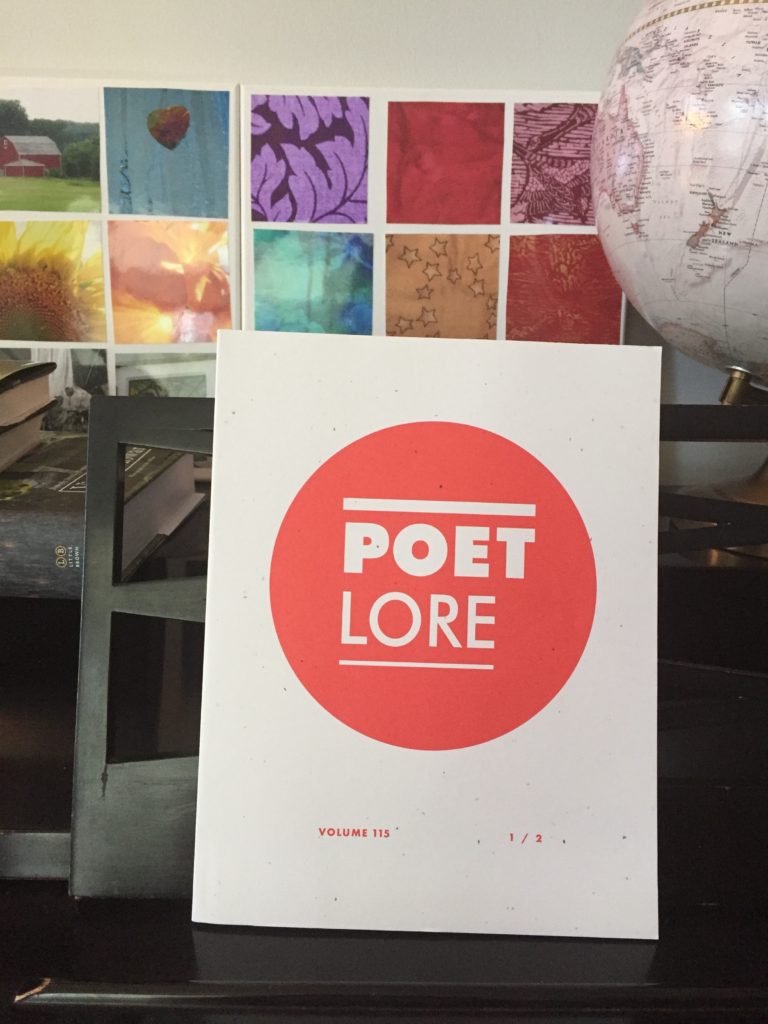
When I first learned about Poet Lore, in 2014,I read a current issue in the Carleton Library. Then, I descended into the stacks and found bound issues. Dipping into these, I found a curious treasure: a hard-bound set of Poet Lore issues from 1918. The work reflects its time, but many pieces transcended the literary fashions of the Great War. They felt fresh and relevant nearly a century later.
I deeply admire Poet Lore’s commitment to poetry; what other journal could claim one hundred years of service on the day that the Berlin Wall came down? More importantly, how many journals continue to stay fresh and relevant, to evolve and yet remain unswerving in their mission to ” Published with the conviction that poetry provides a record of human experience as valuable as history, Poet Lore’s intended audience is broadly inclusive.”
Founded in January 1889 by two ambitious young Shakespeare scholars (and life partners), Charlotte Porter and Helen Clarke, in order to serve as a forum to compare the work of poet Browning, who was then still living, to that of Shakespeare, the nascent journal soon sought to publish new work by living authors. From its early days, it has attracted distinguished work. (Click HERE for more on Poet Lore’s history.)
Today, Poet Lore is the oldest continuously published poetry journal in the United States. I applaud the tradition Poet Lore carries, and I am grateful now to be a small part of it.
I am also completely enjoying–savoring, really–the poems in this issue. I suspect that a reader in a hundred years would say the same. A few–just a few–of my own favorites are Joan Mazza’s “Ephemera”, Erika Meitner’s “Nudie Selfie Ode” (as well as her four suggested writing exercise, which I plan to give a try), and a mysterious prose poem called “To the Uncle I Never Met” by the duet of Joe Fletcher and Chris Murray.
Leslie
(To purchase a copy of the most recent issue, click HERE.)
